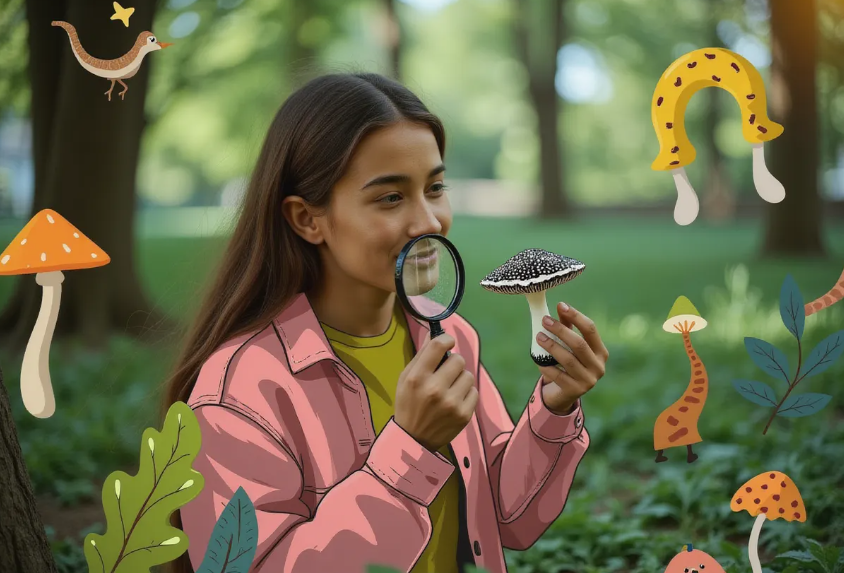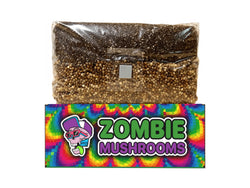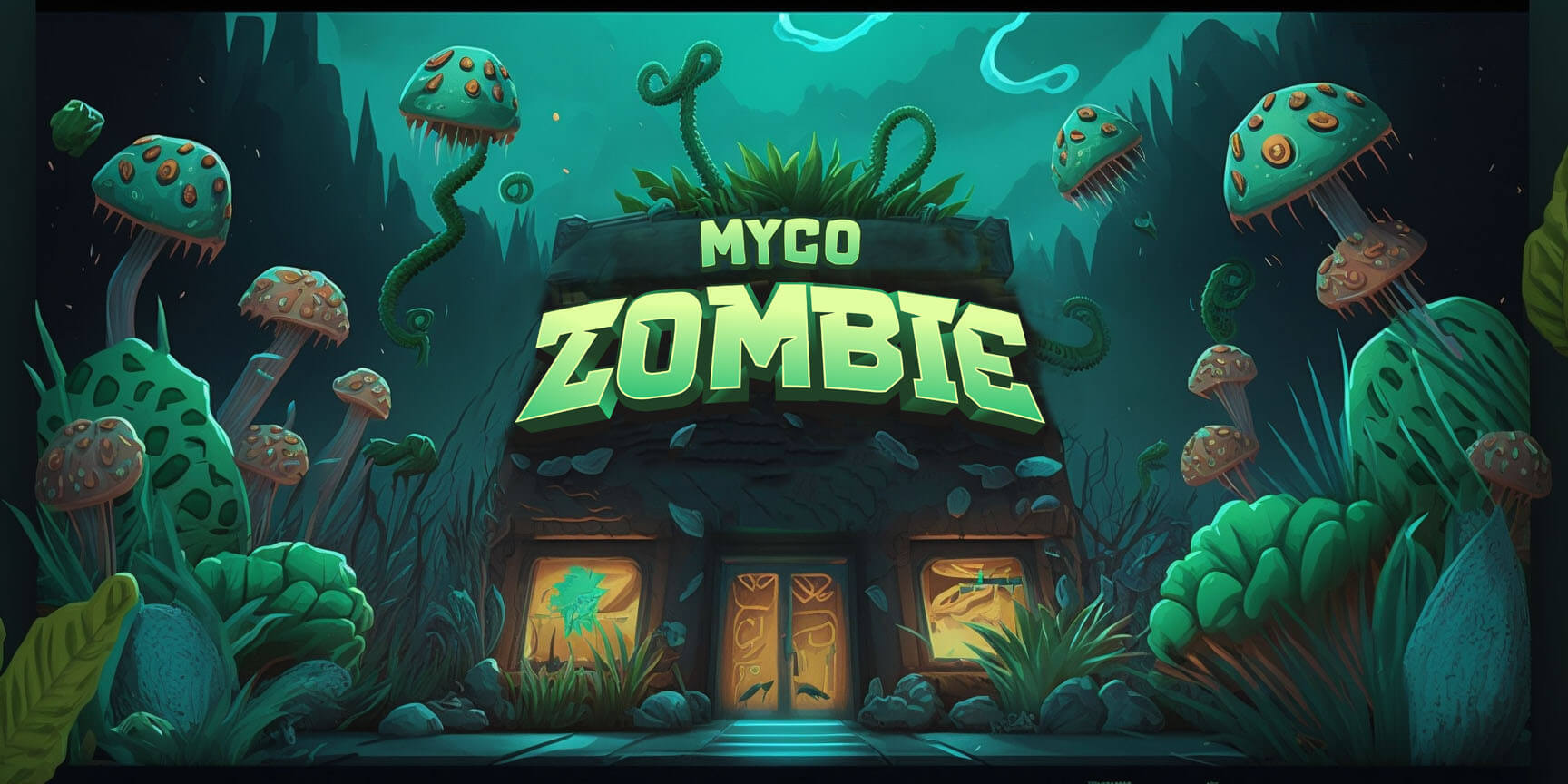⬇️ Prefer to listen instead? ⬇️
- PSK from Turkey Tail mushroom is approved in Japan as an adjunct cancer treatment.
- Studies show PSP boosts immune cells like NK and T-cells significantly.
- Turkey Tail acts as a powerful prebiotic, improving gut microbiome health.
- Research suggests Trametes versicolor may help break down environmental pollutants.
- It can be consumed as tea, tinctures, capsules, or home-grown on logs.
Mushrooms are getting noticed more now. It's not just for food, but for health too. Turkey Tail mushroom, also called Trametes versicolor, is a good example. People used it long ago. Science agrees it has health benefits. It even helps nature. Traditional medicine valued it, and new studies support this. Turkey Tail is a strong functional mushroom.

What Is Turkey Tail?
Turkey Tail, scientifically named Trametes versicolor, is a type of bracket fungus. It has many colored bands that look like a wild turkey's tail feathers. This thin, fan-shaped mushroom often grows in layers on dead logs and tree stumps. It's a polypore fungus. This means it has pores on its underside instead of gills to release spores. The top surface is usually soft like velvet. It shows rings of different colors like brown, tan, grey, blue, and sometimes green from algae.
Turkey Tail isn’t used for cooking because it feels tough and leathery. People use it for its health benefits. They take it as teas, tinctures, powders, and capsules.

Identification and Habitat
Physical Characteristics
If you look for Turkey Tail outside, look for these things
- Many colored bands: These rings are a main sign of Trametes versicolor. The colors can change based on where it is and how old it is.
- Fuzzy surface: The top of the cap may feel soft or a little fuzzy because of small hairs.
- Pores underneath: The underside has tiny, even pores instead of gills. This is a key way to tell what it is.
- Thin and leathery: It feels tough and like paper when you hold it. It's not soft like mushrooms you eat.
Natural Habitat
Turkey Tail mushrooms grow well in forests in places with moderate temperatures. They are found on decaying hardwood logs, branches that have fallen, or tree stumps. They feed on dead wood. This means they get food by breaking down lignin and cellulose in wood.
- Where it grows: It's common in North America, Europe, and parts of Asia.
- When it grows: You can find Turkey Tail all year, not just at certain times.
Common Lookalikes
Some species look a lot like Trametes versicolor
- Stereum ostrea (False Turkey Tail): It doesn't have pores underneath. It has a smooth or slightly fuzzy underside.
- Trametes pubescens: Its cap has less color. The top surface is usually more the same color and texture.
- Lenzites betulina: It has structures that look like gills instead of pores. It also doesn't have the many colored rings.
If you are not sure, check local guides or ask people who know about mushrooms. Identifying mushrooms wrongly can cause bad reactions.

Historical and Cultural Significance
People have used Turkey Tail in medicine for hundreds of years, especially in countries in East Asia. In Traditional Chinese Medicine (TCM), it is called Yun Zhi. It was used to make the body stronger against sickness. This was helpful for long-term tiredness, breathing problems, and weak immune systems. People also thought mushrooms could help balance inner energies or “Qi.”
In Japan, Turkey Tail is used in Kampo medicine. There, it is seen as a way to boost strength and fight sickness. The Japanese government takes its use seriously. A substance from Turkey Tail called PSK (Polysaccharide-Krestin) is approved to be used along with cancer treatment for stomach and colon cancers.
Old healing methods valued Turkey Tail not just for its effects on the immune system, but also for helping people live longer and feel full of life.
Turkey Tail’s Nutritional and Bioactive Profile
Turkey Tail's power for health doesn't come from how many calories or protein it has. It comes from the special active compounds inside it. These make it a useful food.
Key Compounds
-
Polysaccharopeptides (PSP and PSK):
- These are sugar-protein parts. They are known for helping control the immune system.
- Both types help start immune actions. This includes natural killer (NK) cells, macrophages, T-lymphocytes, and dendritic cells.
- PSK comes from Coriolus versicolor, which is another name for Trametes versicolor. Many studies have been done on it.
-
Phenolic compounds and Flavonoids:
- These are natural parts that help fight harmful free radicals.
- They lower overall stress from oxidation in the body. This stress adds to long-term diseases and getting old.
-
Beta-glucans:
- These are complex sugars in the wall of Turkey Tail cells. They make immune pathways work better.
- They are known to prepare immune cells and help control swelling.
-
Prebiotic fibers:
- These are types of carbohydrates the body doesn't digest. They help healthy bacteria grow in the gut.
- They are important for feeding helpful bacteria like Lactobacillus and Bifidobacterium.

Health Benefits of Turkey Tail Mushrooms
Turkey Tail mushrooms offer health benefits for many body systems. These benefits are backed up by traditional use and modern studies.
Immune System Enhancement
Research shows one of the most important things Turkey Tail does is help the immune system work better.
- PSK and PSP make NK cells and lymphocytes grow and become more active.
- A study that looked at many studies found that PSP consistently made immune markers better in different health problems (Eliza et al., 2012).
Gut Microbiome Balance
A healthy gut is very important for overall health. Turkey Tail helps the gut by acting as a prebiotic.
- A study showed that taking Turkey Tail changed the balance of gut bacteria in a good way. It increased the making of short-chain fatty acids and made the types of microbes more varied [(Jeong et al., 2019)].
- A better microbiome helps digestion. And it also supports mood, how hormones work, and immunity.
Antioxidant and Anti-inflammatory Effects
Turkey Tail has lots of phenolic and flavonoid compounds. It fights against ongoing stress from oxidation. This stress is a main cause of aging and diseases that get worse over time.
Benefits include
- Stopping lipid peroxidation, which harms cells.
- Helping cells live longer.
- Lowering swelling pathways that are linked to long-term disease.
Complementary Cancer Therapy
Maybe the most important use is Turkey Tail as part of cancer treatment that combines different methods.
- PSK has been shown to increase the number of people still alive after 5 years. This was for patients getting chemotherapy for stomach and colon cancers [(Fujii et al., 2013)].
- It also helps lower side effects like feeling sick and tired. It does this by supporting the immune system during strong medical treatments.
But you should know that Turkey Tail is not a replacement for medical cancer treatments. It may be used as an added option if a doctor says it's okay.

Scientific Research and Clinical Studies
Notable Findings
- PSP improves how NK cells work and helps balance cytokine production.
- PSK is one of the mushroom extracts studied the most in cancer treatment.
- Using Turkey Tail extract and chemotherapy together shows patients handle treatment better and live longer.
Studies are still happening. But the proof so far shows hopeful effects on the immune system and against tumors. These effects should be studied more and used in combined health methods.
Turkey Tail and the Gut-Immune Axis
- About 70% of immune cells are in the gut.
- Turkey Tail's prebiotic effects help good microbes grow. These microbes affect cytokine signaling, T-cell function, and how swelling is controlled.
- When these effects work together, they help the immune system be more ready and balanced.
So, Turkey Tail doesn't just work on its own. It's part of how diet, microbes, and immune strength work together.

Environmental Contributions of Turkey Tail
People often talk about Trametes versicolor for human health. But it is also very important for nature.
Forest Regeneration and Decomposition
- Turkey Tail is a white-rot fungus. This means it breaks down lignin in dead wood.
- This process helps nutrients go back into the soil. It helps forests grow again.
Environmental Cleanup
- Early studies are using Turkey Tail in bioremediation. This means cleaning up environments using fungi.
- It has enzymes that can break down waste from factories, oil pollution, and even plastics (Pointing, 2001).
This ability fits with the growing interest in using fungi to help fix nature.

How to Use Turkey Tail
It's easy to add Turkey Tail supplements to your daily health habits.
Consumption Methods
-
Tea
- Simmer 1–2 teaspoons of dried mushroom for 45–60 minutes.
- Strain and drink 1–2 cups each day.
- It tastes mildly like earth. You can add ginger or lemon.
-
Capsules/Powders
- Look for products tested by a third party.
- Take between 500 mg and 2 g each day.
-
Tinctures
- Dual-extraction tinctures (made with alcohol and water) get out all the helpful active substances.
- You usually take drops with water or juice.
Tips for Maximum Benefit
- Take it regularly: The good effects build up over weeks or months.
- Quality matters: Choose products that have a Certificate of Analysis (COA). This shows what active parts are in it and that it doesn't have bad stuff.
- Use with others: People often take it with other medicinal mushrooms like Reishi or Lion’s Mane for more support.

Growing Turkey Tail at Home
If you like making your own health products or working with nature, growing Turkey Tail can be rewarding. But it takes time.
Basic Steps
- You can buy starter kits or spawn bags from sellers.
- Put the starter into hardwood logs or cleaned sawdust blocks.
- Keep it wet and in the shade. Be patient—it can take months for mushrooms to grow.
- Harvest and dry them to use in teas or tinctures.
Sellers like Zombie Mushrooms have grow kits that are good for people just starting out.

Precautions and Considerations
Turkey Tail is usually safe. But it's not right for everyone.
- Allergic Reactions: These are rare, but can happen. Start with small amounts.
- Pregnancy and Nursing: Not enough is known about safety here. Ask a doctor.
- People with weak immune systems: It might react with medicines taken after transplants to stop the body from rejecting the new organ.
- Drug Interactions: It's not likely, but Turkey Tail could change how some drugs are processed by the body. Always talk to a doctor first.
Look for organic, lab-tested Turkey Tail supplements. They should say how they were made and how much of the active compounds they have.
Is Turkey Tail Worth the Hype?
People have used it for hundreds of years, and modern studies support its use. This all suggests that Turkey Tail mushroom is more than just nice to look at. It has many helpful compounds, like PSP and PSK. This mushroom offers clear benefits for the immune system, gut health, preventing long-term sickness, and even helping nature.
If you are thinking about adding a medicinal mushroom to your routine, Turkey Tail is one of the best-studied and well-tolerated options out there. And if you think about more than just your own health, its job in forest systems and its ability to help clean up the environment add to its value.
It is easier than ever to get functional fungi. Whether you are drinking tea to feel better, helping your immune system during cold season, or even helping soil health, Trametes versicolor offers good results.
Citations
- Eliza, W. L., Fai, C. K., Chung, L. P., & Tzi, B. T. (2012). Polysaccharopeptide from Coriolus versicolor (PSP) enhances immune functions: A meta-analysis. Clinical Vaccine Immunology, 19(10), 1606–1614. https://doi.org/10.1128/CVI.00285-12
- Jeong, S. C., Jeong, Y. T., Yang, B. K., Islam, R., Koyyalamudi, S. R., Pang, G., ... & Cho, K. Y. (2019). White button mushroom (Agaricus bisporus) enhances natural killer cell activity through modulation of cytokine production. Food Science & Biotechnology, 22(1), 239–245.




